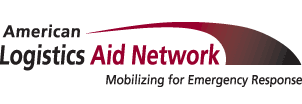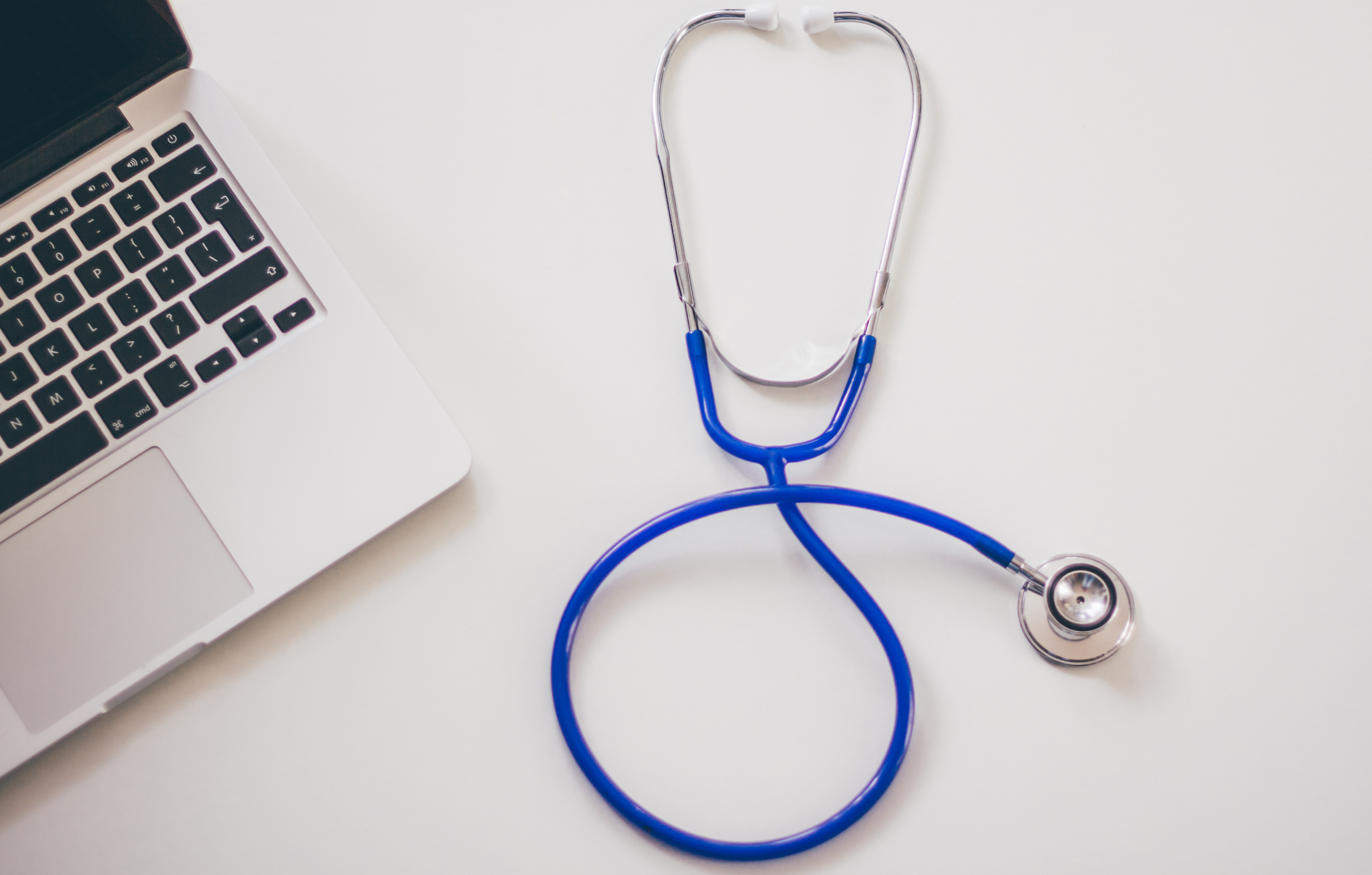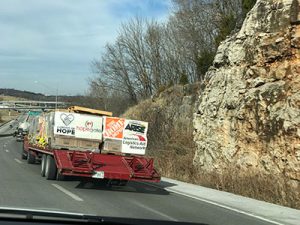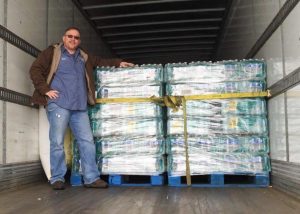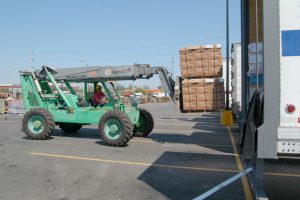Complete this sentence: I’m not a doctor, but . . . .
Believe it or not, that expression immediately came to mind when I found out I had the opportunity to tackle the subject of logistics professionals and what they bring to the table for disaster relief.
After all, like those actors who only “play one on tv,” most of you aren’t doctors or first responders. However you do have a set of skills and assets that can be just as applicable after disasters hit.
I’m talking, of course, about supply chain management.
When bad things happen, one of biggest parts of humanitarian organizations’ jobs is figuring out how to get tangible help like food, hydration and medical supplies to impacted areas as quickly as possible. In fact, as much as 80% of their disaster budgets are spent on logistics – and as much as 40% of that is wasted.
That’s a lot of cost. It’s also a lot of opportunity for the logistics community to be of use. Which is why, the next time you see news of a disaster, I hope you’ll consider re-writing the script in one or more of the following meaningful ways:
I’m not a doctor. But I am a good logistics strategist.
Most disasters aren’t predictable in terms of where and when they hit. As a result, many non-profits find themselves having to plan a good percentage of their disaster supply chain activities on the fly. They also have to do it while contending with a variety of worst-case scenarios such as damaged roadways, flooded neighborhoods, compromised railways and ports that are out of commission.
In light of this, if you’re a professional with excellent optimization skills, why not consider seeing if there’s a non-profit that could use your help building loads, finding alternate routes or designing creative workarounds before, during or after a disaster? Such assistance could go a long way toward improving the delivery of key items while reducing much of the aforementioned inefficiency.
I’m not a doctor. But I do have some extra trucking capacity.
When it comes to transporting goods to disaster sites, getting there isn’t half the fun. It’s twice the challenge, especially when you factor in how many public and private entities are also trying to rush goods there at the same time. (Of course I probably don’t have to tell YOU that, because you’re often the ones tasked with replenishing grocery store shelves after everyone’s made a run on them.)
So if you have any extra room on a truck that’s traveling in the vicinity of a disaster-impacted area (or are willing to lend a few trucks and drivers to a non-profit for a few precious days), pick up the phone and call us to offer it free of charge. Your generous offer will be much-appreciated and in most cases immediately put to good use.
I’m not a doctor. But I do have some extra industrial equipment.
As a longtime non-profit professional, I can’t say enough good things about the food banks that operate year-round to fight the everyday disaster of hunger – or about how much they and other non-profits frequently need extra industrial equipment when dealing with the deluge of incoming goods and outgoing goods that follow a physical disaster.
More often than not, the short-term use of one of your company’s forklifts or pallet jacks could be just what the doctor ordered (pun intended). So could supplying qualified drivers who can operate them.
I’m not a doctor. But I do have some warehousing space.
Even if they have extensive DC networks, many non-profits often need extra places to store sudden donations such as several pallets’ worth of cleaning supplies that have to be taken off a donor’s hands immediately. A lot of them also need space in the vicinity of disaster sites so they can position relief materials before and after disasters hit.
Should there be room to spare at one or more of your facilities think about making it available to a worthy cause – especially directly before or after a disaster. Even a few thousand square feet could make a hugely positive difference.
I’m not a doctor. But I do have some boxes.
Last, but certainly not least, let’s consider the myriad possibilities for that simple but useful contraption known as the box.
Although I’m not a fan of donated product drives (nor are most other relief organizations for reasons that would take an entire additional article to explain), I am a huge advocate of ensuring that donated products are grouped in a way that will make them more easily cubed during transit – and distributed more easily at their destination.
Before you automatically assume that there’s no type of in-kind donation you can make simply because you don’t have access to any of the kinds of space, equipment or expertise cited above, look around your operation to see what other types of supplies you use or have access to. If they’re essential to the smooth running of your operations, chances are good they’d be equally useful to a non-profit.
Writing a prescription for compassion
There are many more things I’d love to say about this subject, including how an ounce of prevention is worth a pound of cure (in other words, make sure you have an active disaster plan in place for your company and employees) and why supply chain volunteerism is so important.
However for now, let’s just leave it at this: While you may not have the real medical skills of Dr. Oz – or the fictional ones of Meredith Grey or Marcus Welby — there is still much you can do to help deliver help and hope when it’s needed most. The question is, will you respond to the call?
-30-
P.S. Huge thanks to Food Logistics for carrying a variation of this piece in its May issue. We appreciate the coverage.
